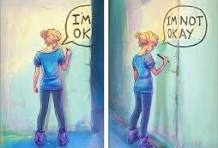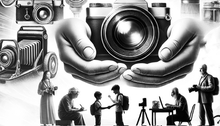In today’s competitive photography industry, commercial success requires more than technical camera skills. A photographer must combine artistic talent with business acumen, adaptability, and technical expertise. Here are the key skills essential for commercial success:
1. Technical Proficiency
• Camera Mastery: Deep understanding of camera settings, lighting, and lenses for diverse situations.



